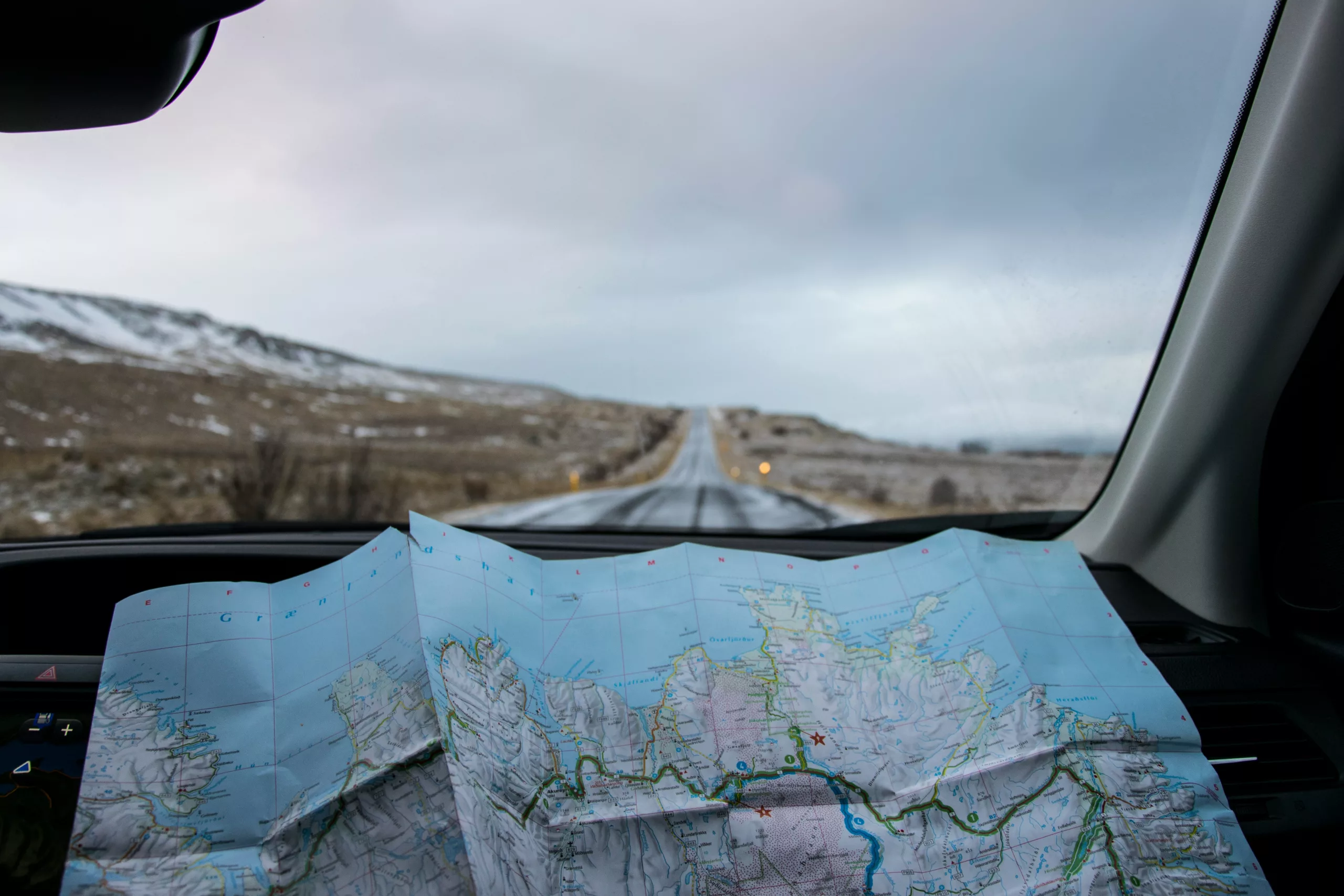The transition to Electric Vehicles (EVs) brings forth new challenges, especially in terms of the infrastructure needed to support them. As the demand for EVs rises, so does the need to evaluate the architecture of our road networks, specifically focusing on the congestion and capacity issues of existing roadways.
Understanding Induced Demand and Rural Road Upgrades
Induced demand suggests that adding more lanes or freeways might not alleviate traffic congestion in urban areas; however, this concept differs when it comes to rural roads with high accident rates. These require an entirely different approach, especially when considering upgrades for safety and efficiency.
The Interstate System’s Evolution
Conceived in the 1950s and influenced by the German Autobahn, America’s Interstate Highway System has not kept pace with significant demographic shifts, particularly towards the south and west. The necessity for more highways, such as the planned Interstate 11 in the southwestern states, is evident considering burgeoning populations and current infrastructural gaps.
Proposals for New Interstates
While I may not have exhaustive knowledge of all regional requirements, there is a clear need for a comprehensive project like Interstate 23, which would significantly enhance safety and travel from Albuquerque to Salt Lake City, benefiting various states along and beyond the route. Interstate 11 and other propositions involve upgrading current highways and establishing new segments to cater to the evolving needs of the region.
The Challenges Ahead
It’s essential to recognize that while new interstates may seem promising on paper, they come with their own set of challenges. These include collaborating with indigenous communities, addressing environmental concerns, and considering the potential impacts on treasured landscapes and cultural sites.
Contemplating the Future of Long-Distance Travel
In our pursuit of efficiency, we must take care not to compromise the natural and cultural heritage of rural America. With an increase in long-distance travel, alternative transportation methods such as electric trains are becoming more viable for connecting major metropolitan areas without causing further environmental degradation.
Conclusion: Finding a Balance Between Roads and Rails
Considering the limitations of road expansions and the preference for preserving natural landscapes, the focus may need to shift towards electric rail systems for city-to-city transportation. This shift would reserve scenic rural roads for leisure travel and tourism, ensuring that the beauty of America’s rural heartlands remains intact for future generations.
